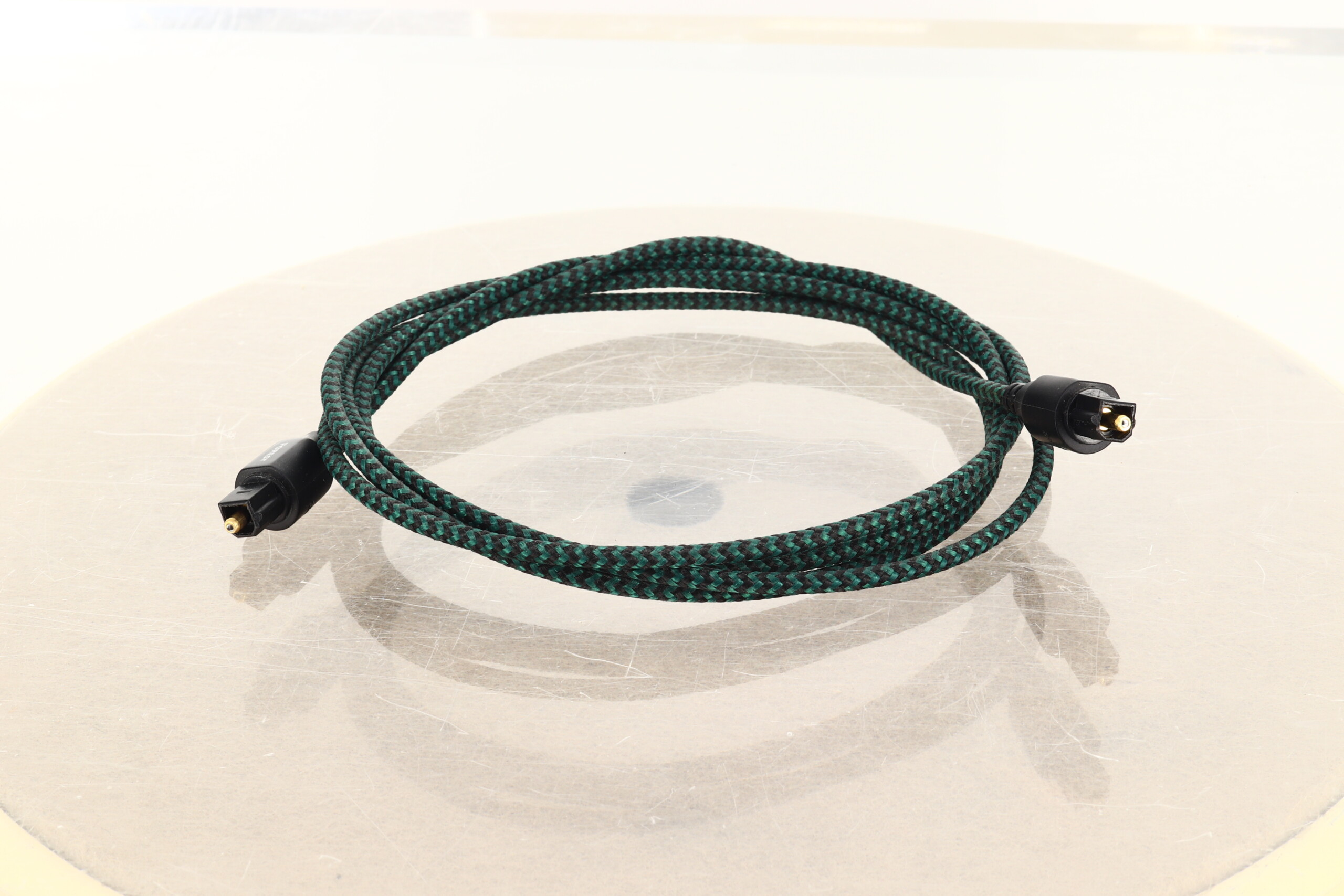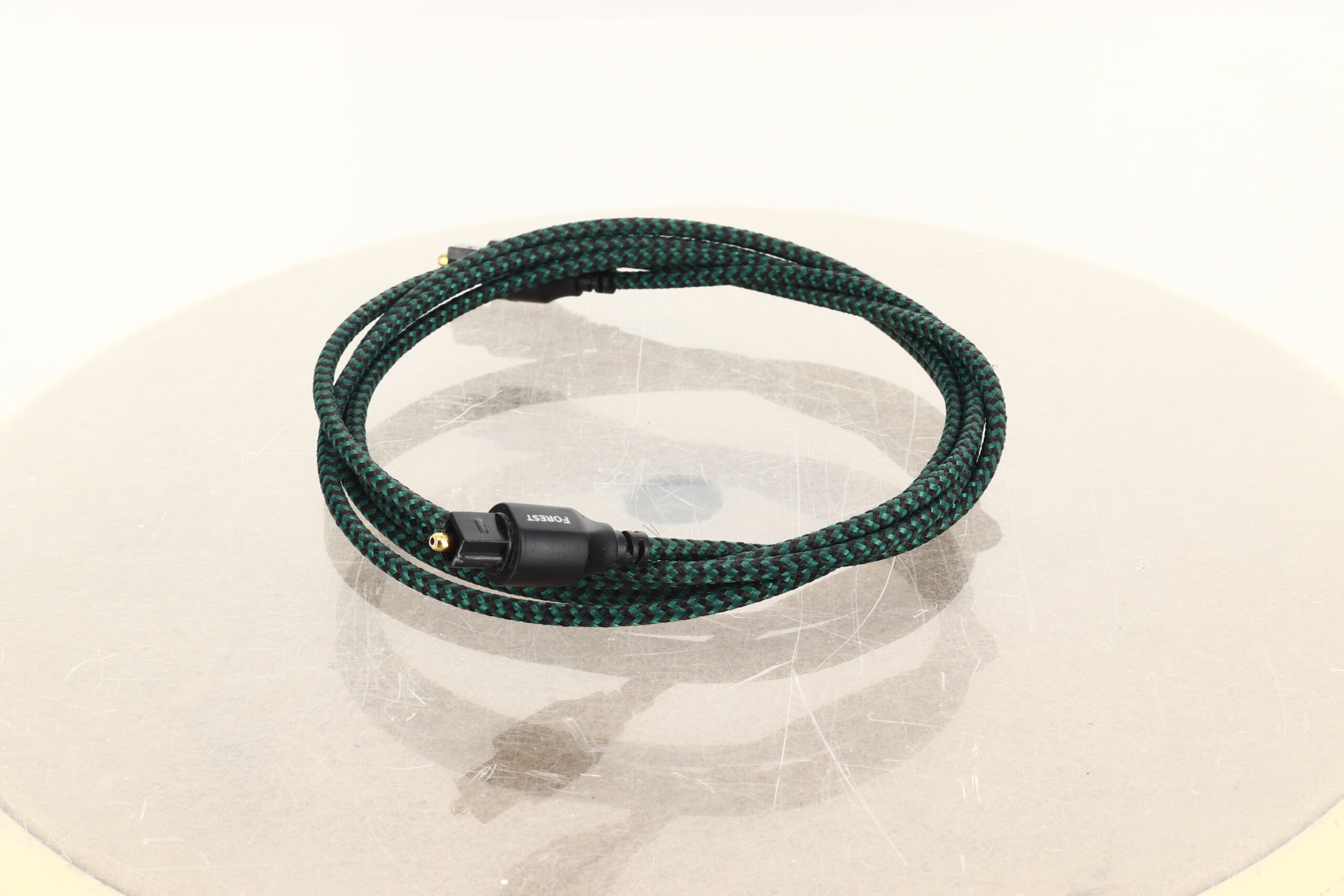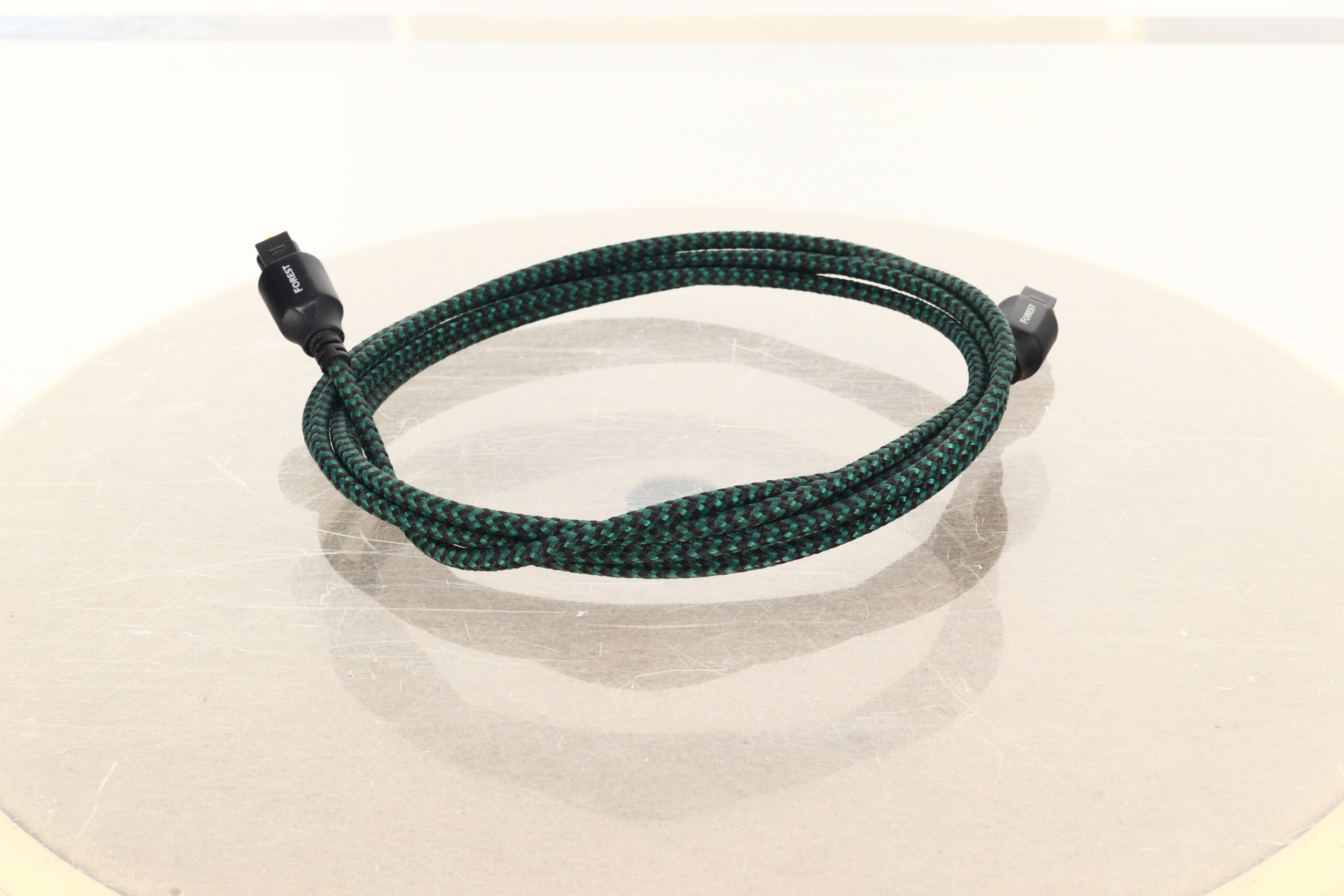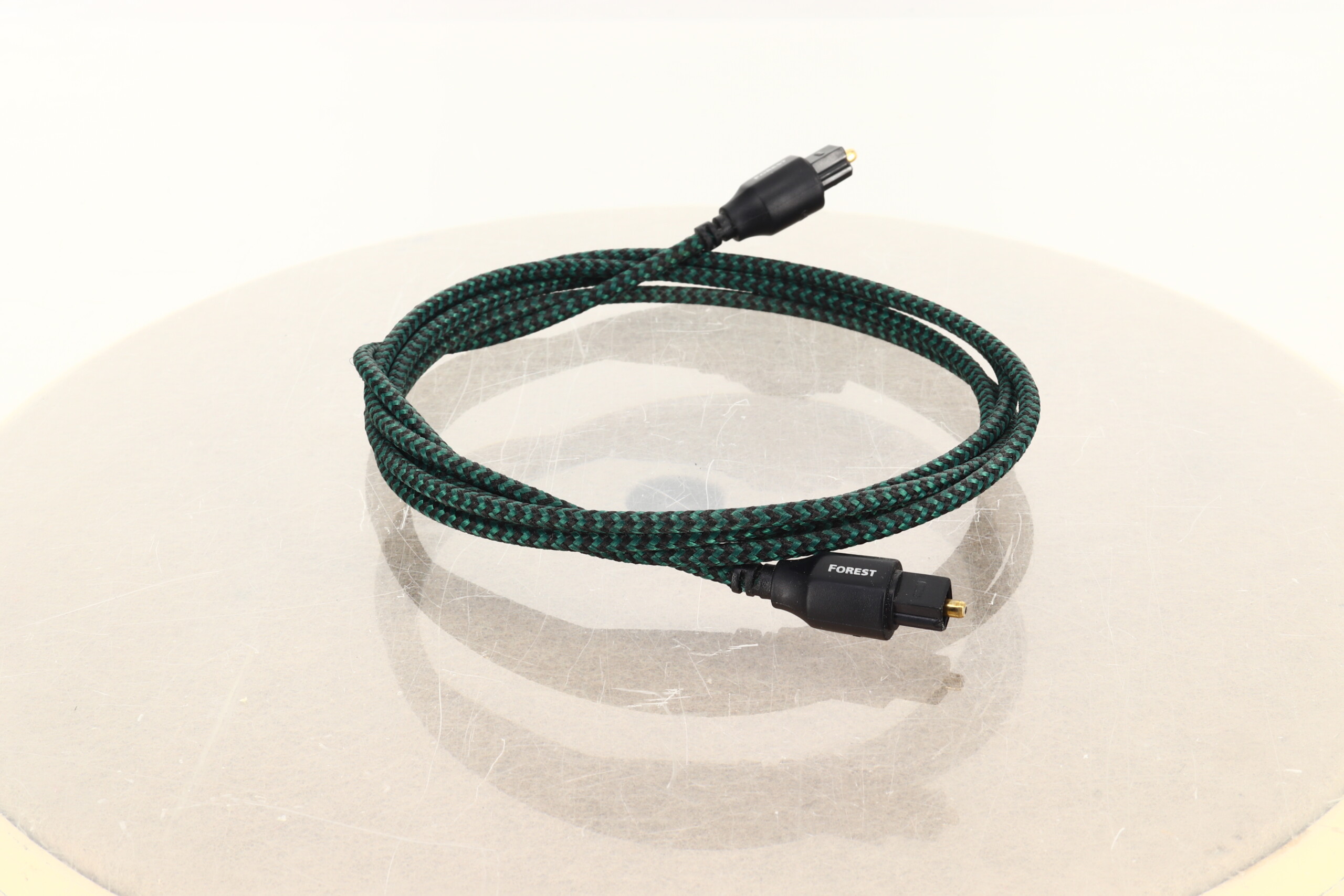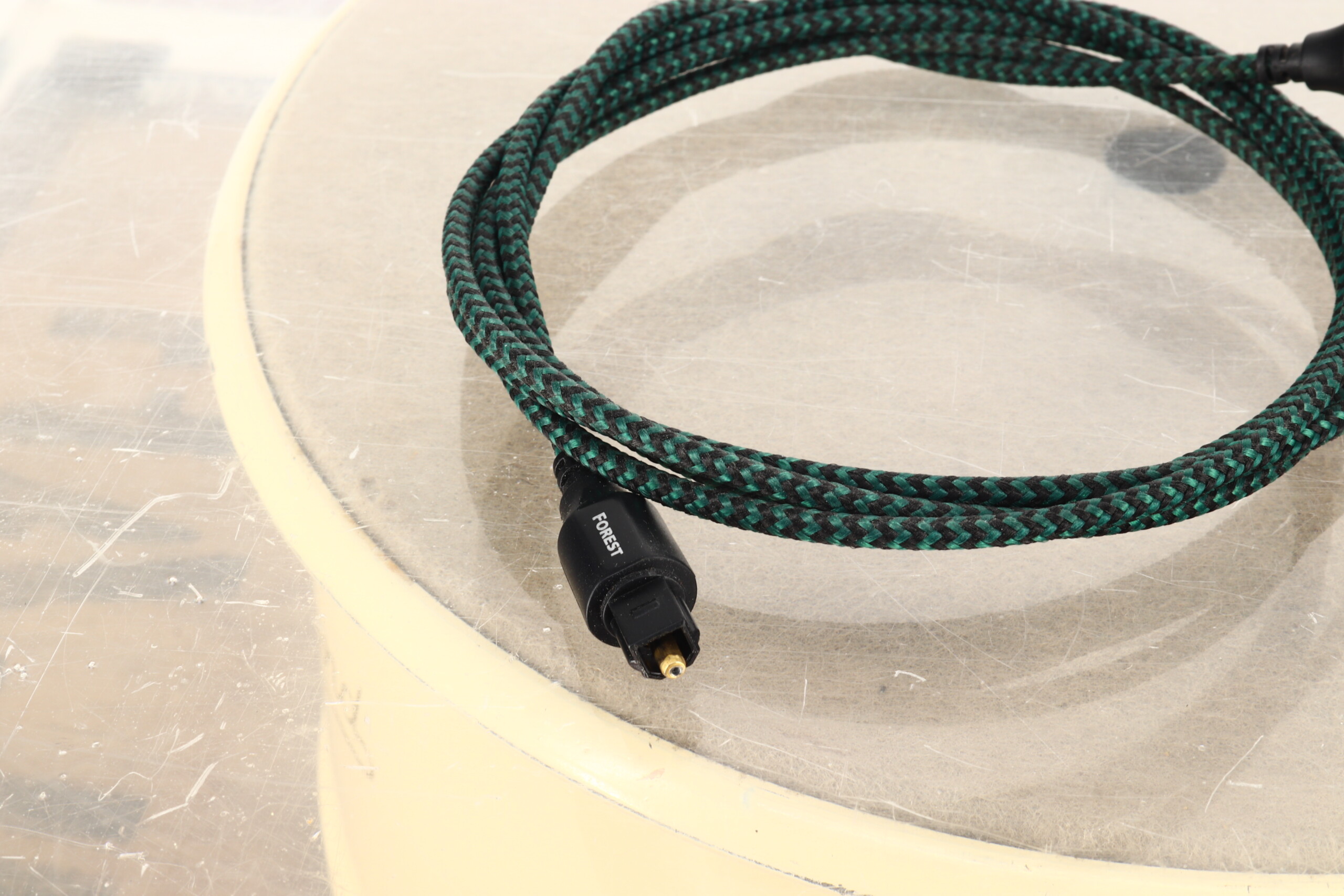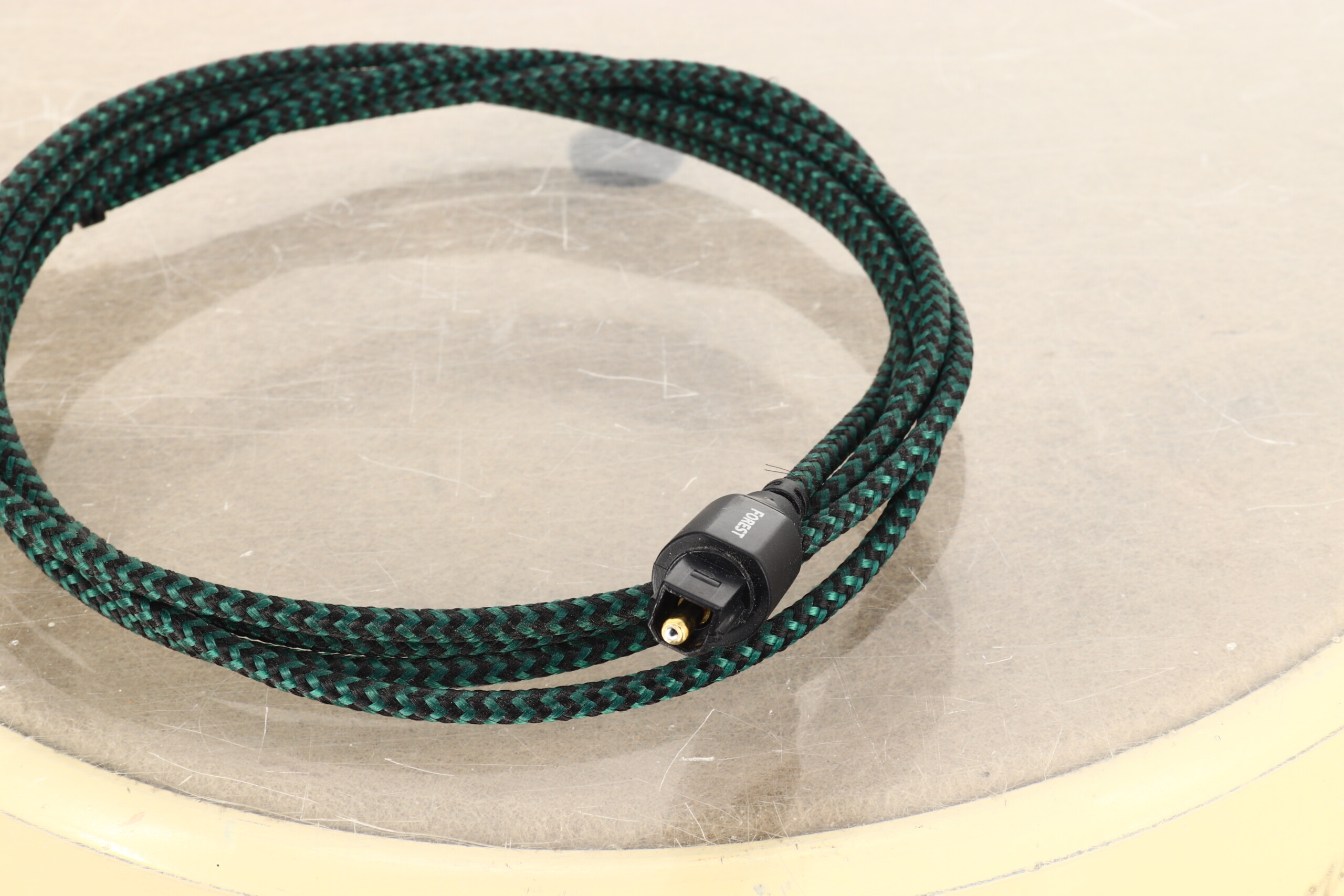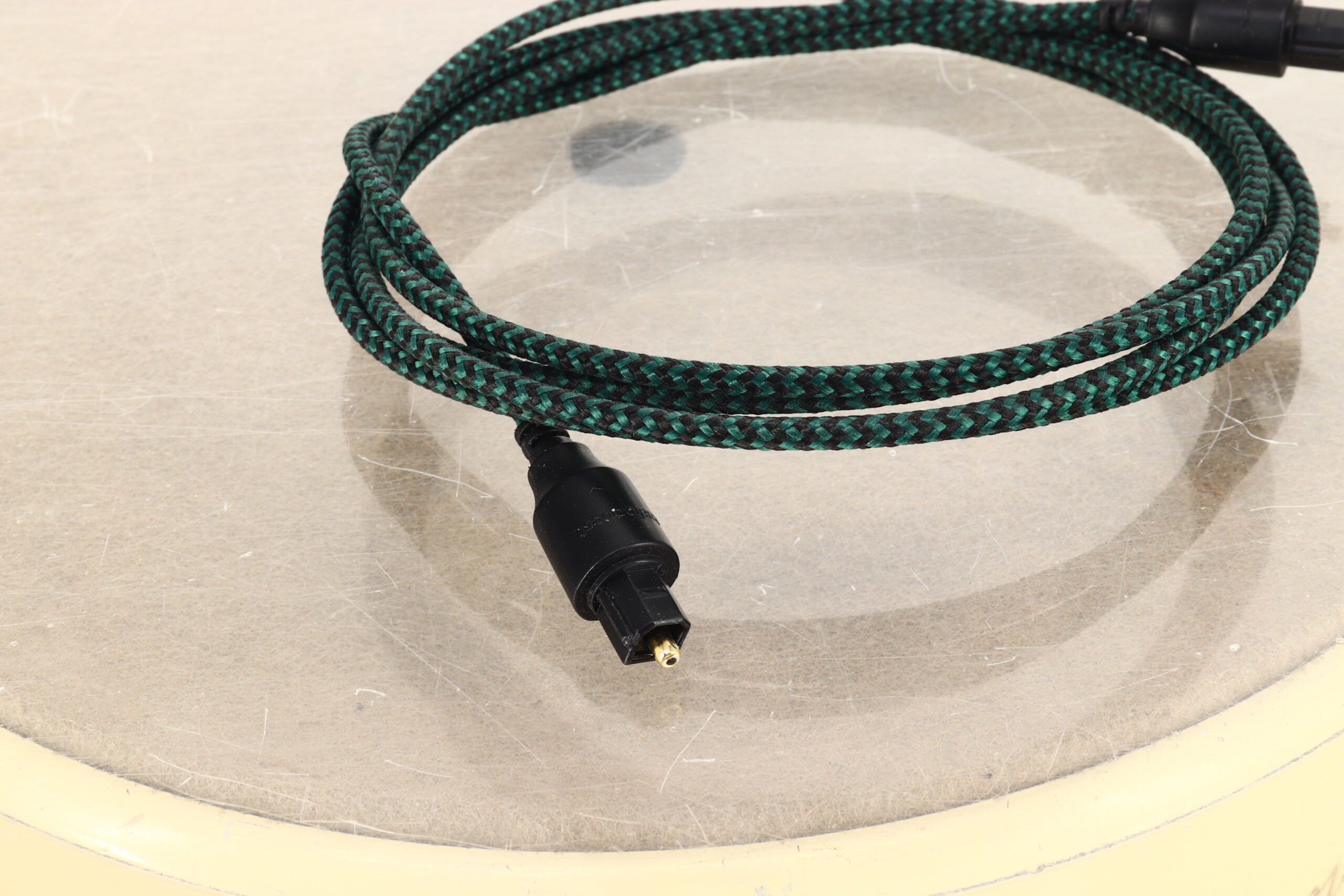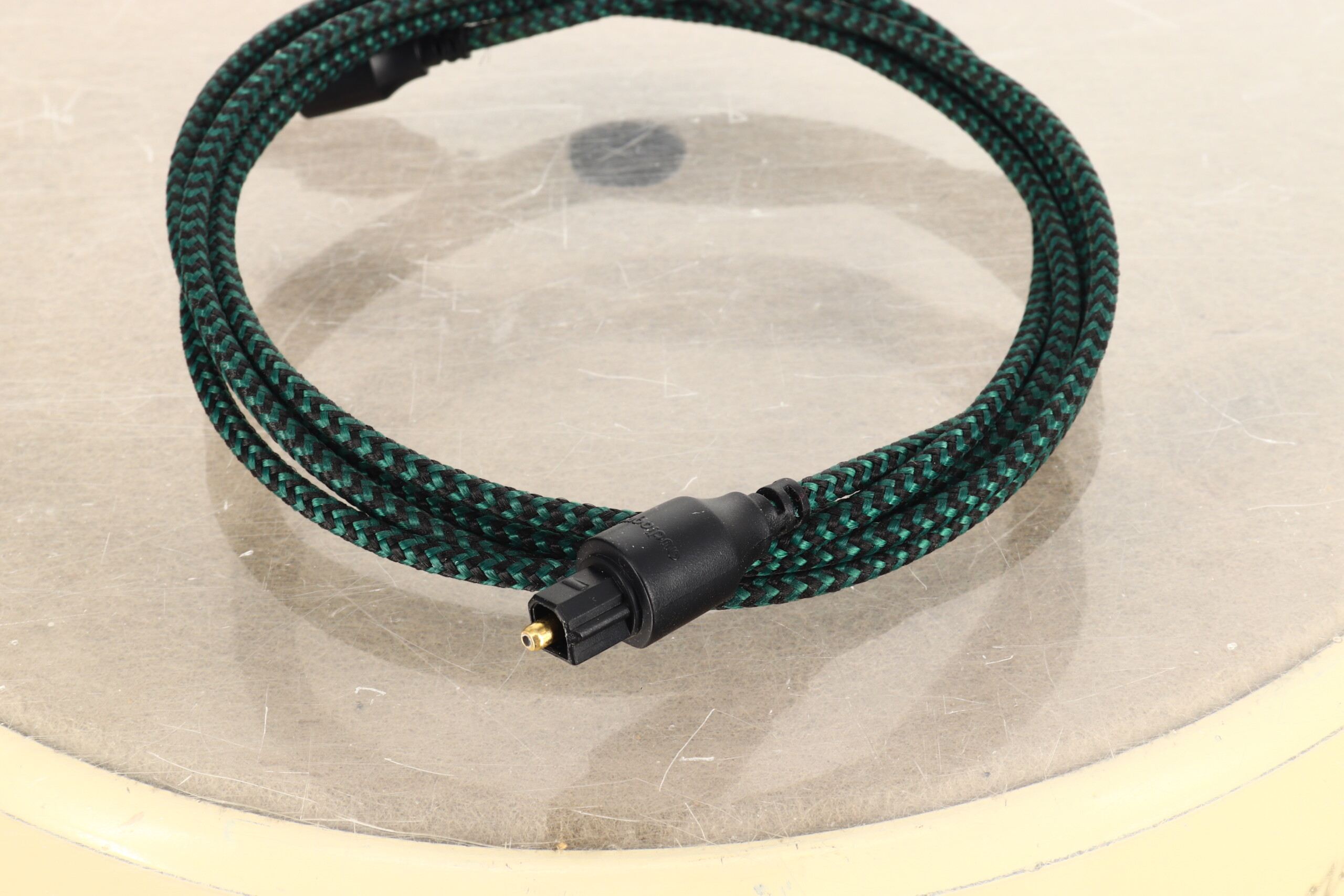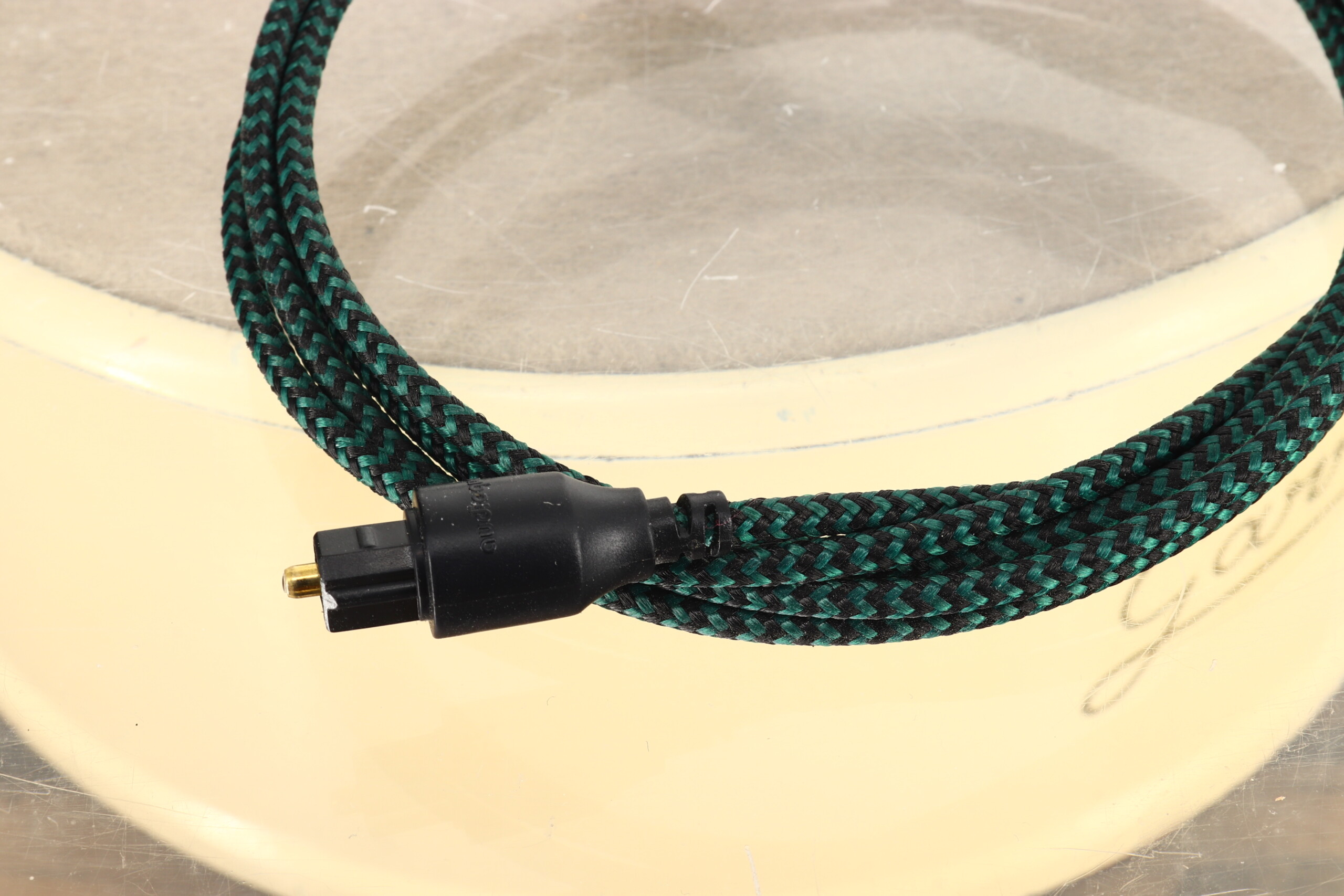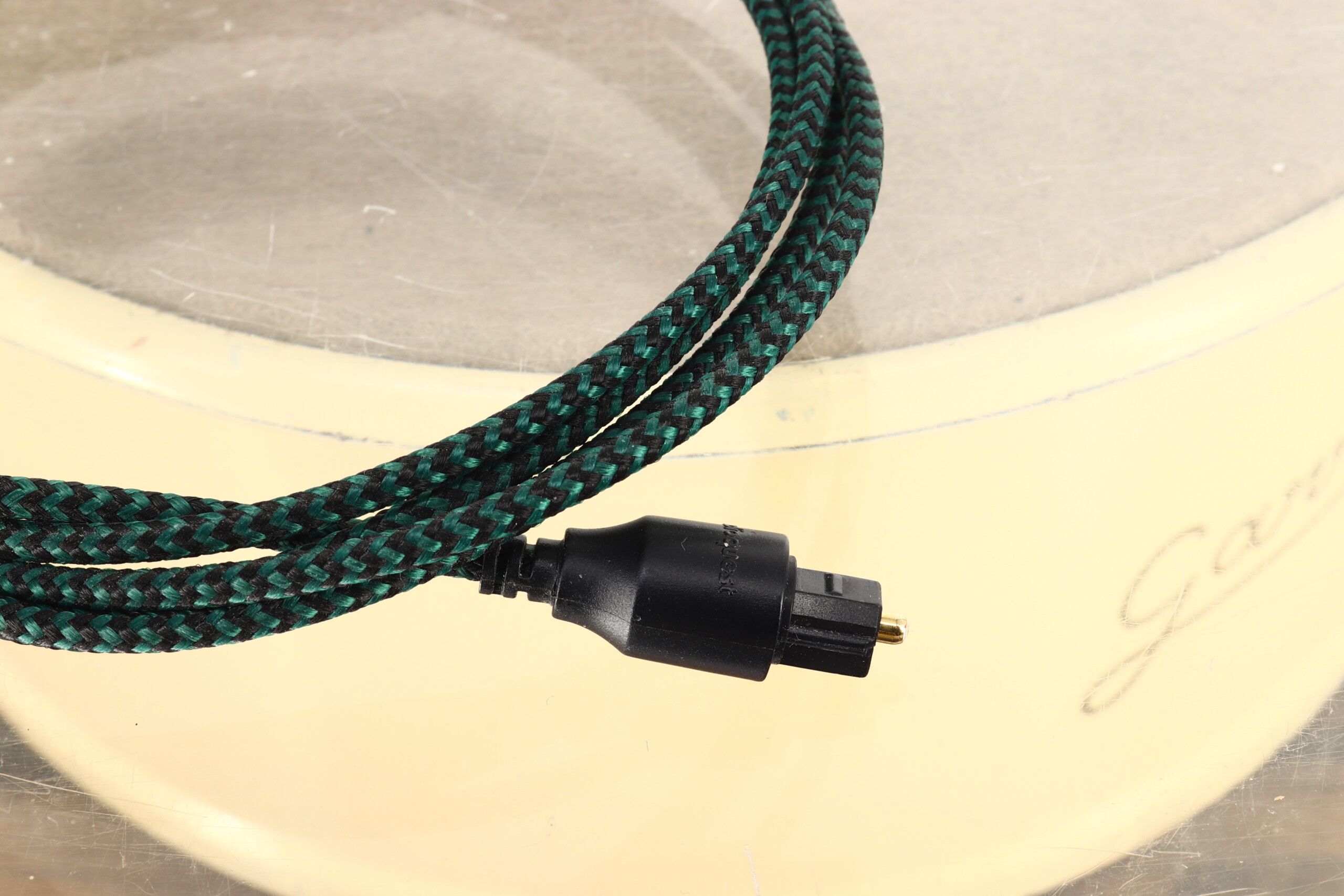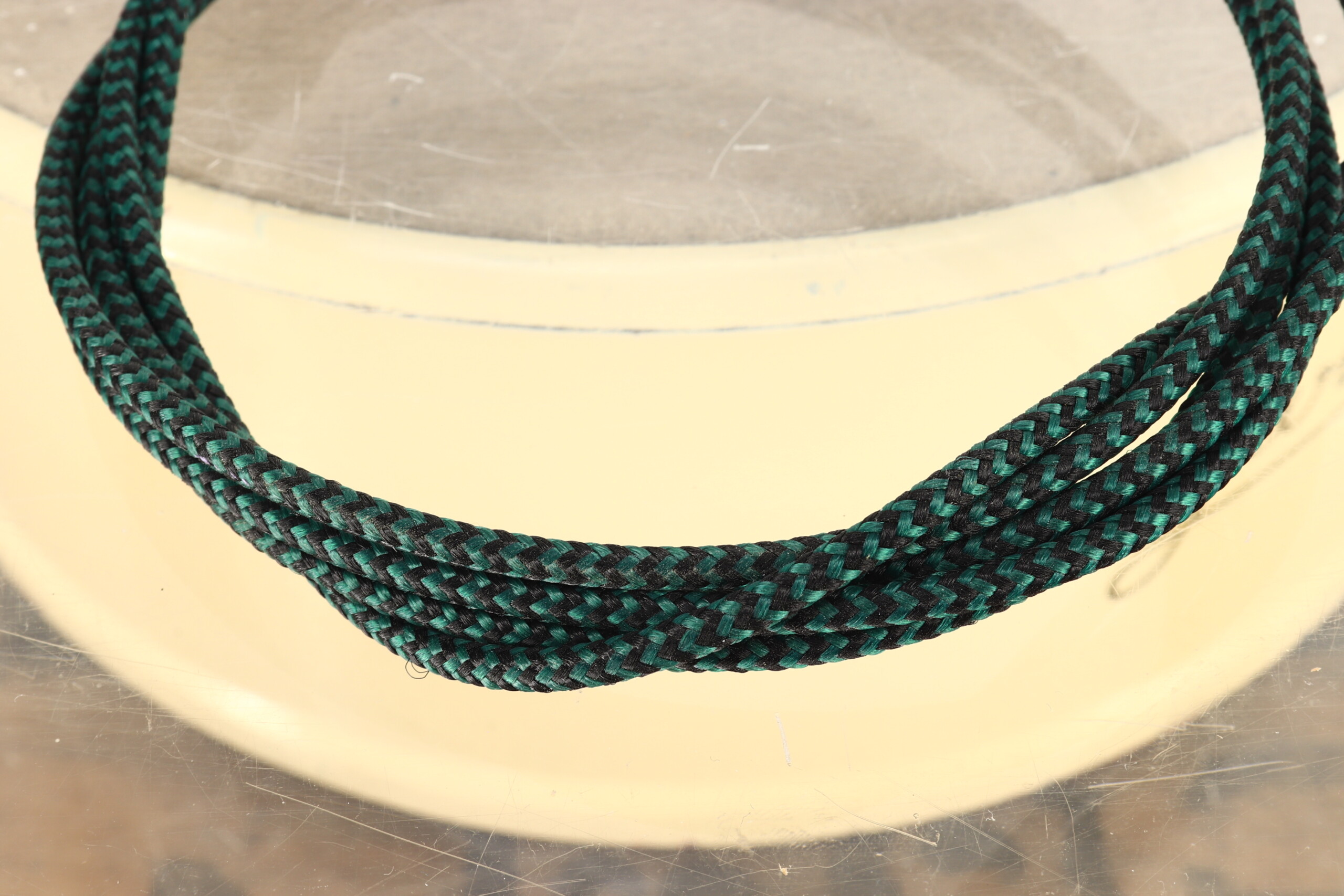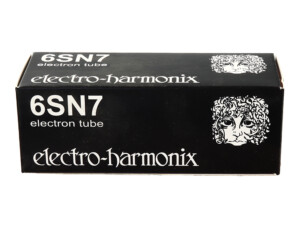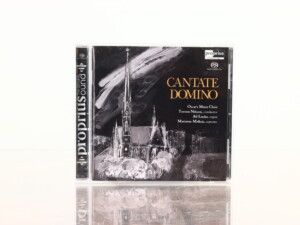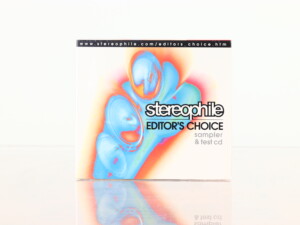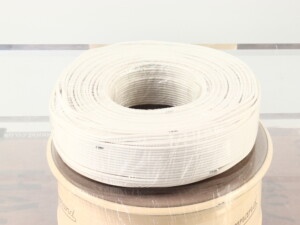Audioquest Forest Optical Interconnect Cable 1.5m
£14.99
Manufacturer : Audioquest
Model : Forest Optical 1.5m
Serial Number : N/A
Packaging : Original
Accessories Included : N/A
Price When New : £
Out of stock
Description
Here we have a simple Optical Interconnect cable from well respected US company Audioquest. It is in good overall condition and supplied in Audioquest packaging albeit for a similar Carbon optical cable.
Audioquest Say….
The audio frontier is abuzz these days with the pleasure possible though HDMI, USB, FireWire® and Ethernet connections. However, these current generation digital technologies are only part of the story, just as the challenge of designing, manufacturing and choosing the best analogue interconnects and speaker cables is as important as ever. The S/P-DIF (Sony Philips Digital Interface), which arrived in 1983 along with the CD, is still very much a part of our world today. S/P-DIF is transmitted through Digital Coax and TOSlink fibre optics (EIA-J), making them still some of the most important cables in electronic entertainment.
When the question is “how can a digital optic cable change the sound?”… the answer is easier to explain than for almost any other type of cable. If the light source were a coherent laser, firing into a vacuum, all the light would stay straight, arriving at its destination at the same time. Even if the LED light source in a TOSlink system were coherent, the light entering a fibre-optic cable is scattered and dispersed by imperfections and impurities in the fibre. This can be measured as a loss of amplitude… but amplitude is not the problem, a 50% true loss would have no effect on sound quality.
The problem is that the dispersed light does get through the cable, but only after it has taken a longer path, like a pool ball bouncing off the side-rails, causing it to arrive later. This delayed part of the signal prevents the computer charged with decoding this information from being able to decode properly, or even at all. The inability to decode shows first at higher frequencies (not audio frequencies, this is a mono stream of digital audio information), so reduced bandwidth is a measurable signature of light being dispersed by a fibre. The punch line: The less dispersion in the fibre, the less distortion in the final analogue audio signal presented to our ears.
There is another serious dispersal mechanism in the TOSlink system. The fibre is a relatively huge 1mm in diameter, and the LED light source is also relatively large, spraying light into the fibre at many different angles. Even if the fibre were absolutely perfect, the signal would be spread across time because light rays entering at different angles take different length paths and arrives with different amounts of delay.
The almost complete solution to this problem is to use hundreds of much smaller fibres in a 1mm bundle. Because each fibre is limited as to what angle of input can enter the fibre, there is far less variety, and far less dispersion over time. This narrow-aperture effect is similar to how a pin-hole camera can take a picture without a lens… by letting in light at only a very limited range of angles, a picture can be taken, whereas removing the lens from a wider aperture would make photography impossible. Less light gets through a multi-fibre cable, but the light that does get into the fibres comes out within in a much smaller time-envelope.
So there is one problem, the dispersion of light across time… and two avenues towards a better result: less dispersion in the fibre (better polymers and ultimately quartz), and less dispersion by filtering the input angle. How simple is that! Listen and enjoy.

